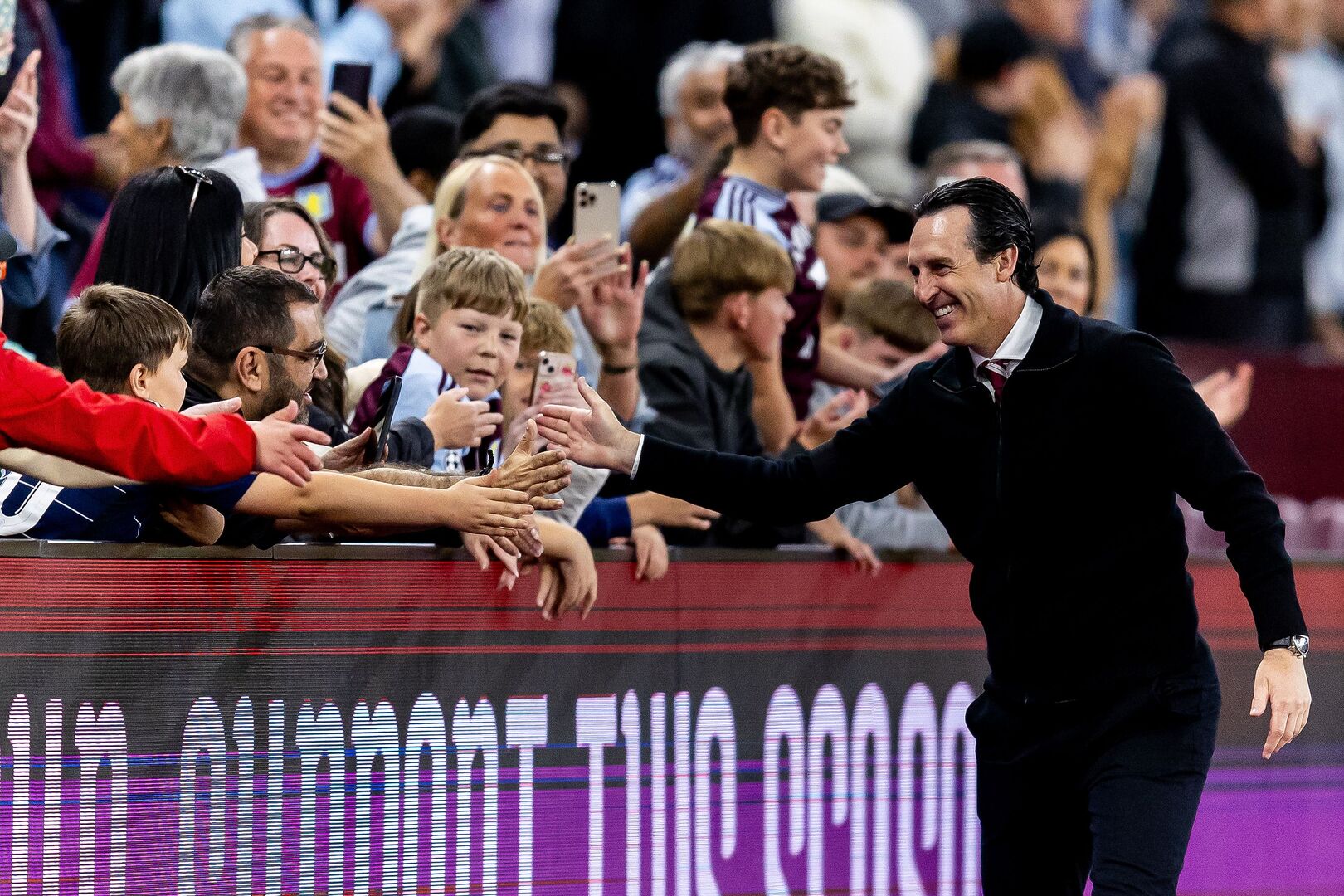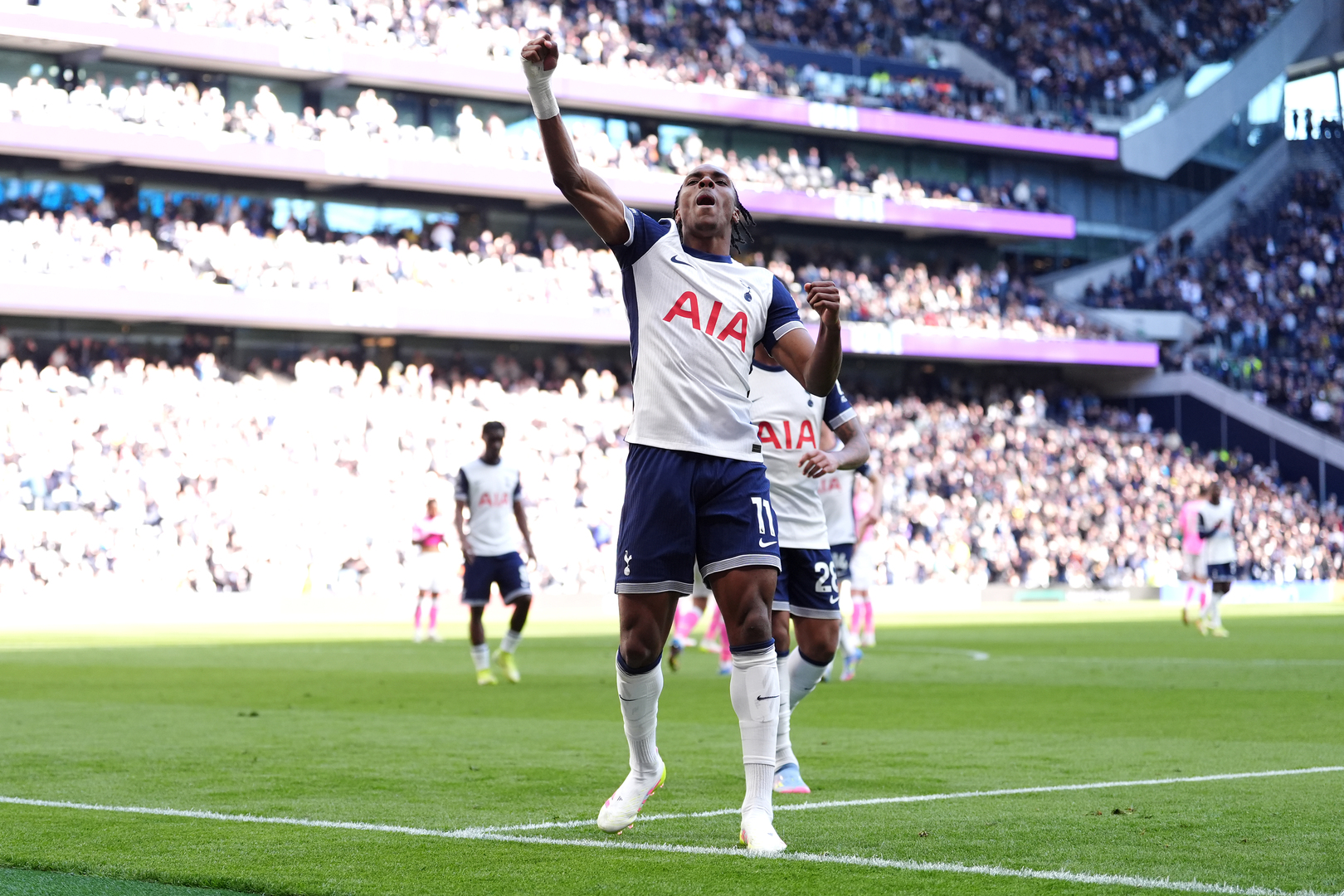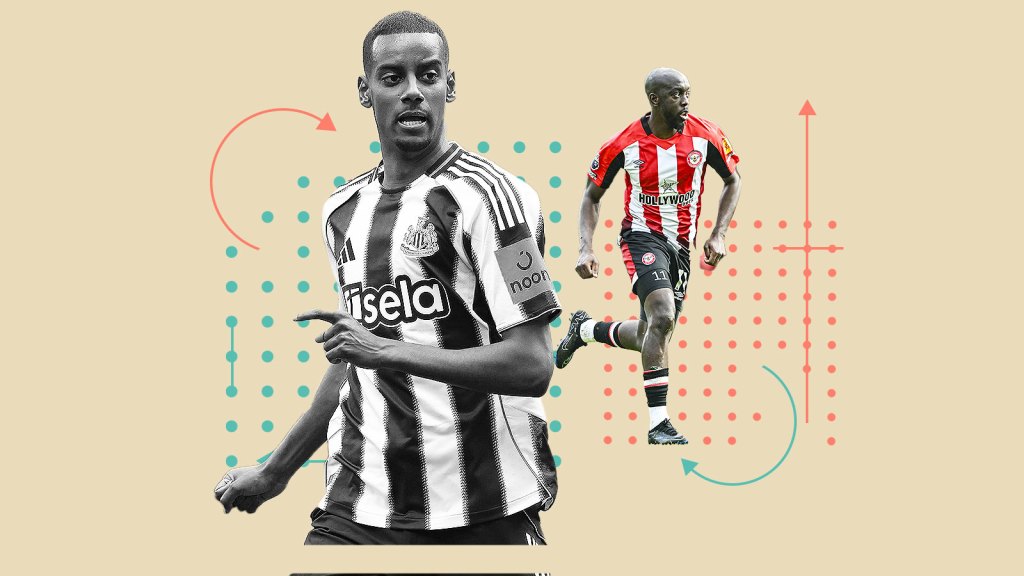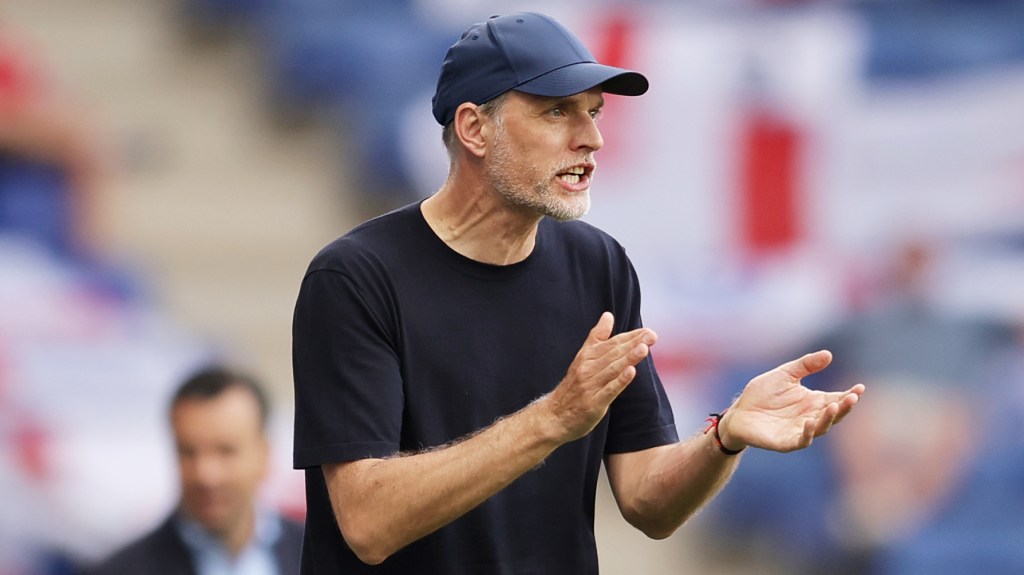Statistical Highlights of Every Premier League Club’s Season
This Premier League season featured more than just Liverpool’s dominant title run, Manchester United’s surprising decline, and Southampton’s struggles at the bottom. For instance, Nottingham Forest showcased the fastest ball progression in the league, while Bournemouth led with a league-high of 337 high turnovers.
Here’s an overview of some intriguing statistics that you might have missed:
Mohamed Salah recorded 29 goals and 18 assists in the league this season, contributing to 55% of Liverpool’s total goals. His involvement has been pivotal in securing Liverpool’s Premier League title, setting him apart from competitors.
Salah scored his last goal against Crystal Palace, matching Alan Shearer and Andy Cole’s record for the highest goal contributions in a single campaign; both reached their marks during 42-game seasons.
While Salah aimed for Thierry Henry and Kevin De Bruyne’s record of 20 assists, the unpredictability of assists became apparent: he created 17 significant chances since his last assist against West Ham United in April, yet none were converted.
Arsenal — 21 Points Dropped from Winning Positions
Mikel Arteta’s squad took the lead 30 times this season, resulting in 20 wins, 9 draws, and only one loss. Arsenal had a total of 14 draws, with only Everton recording more at 15.
Despite having the best defense by conceding only 34 goals against an expected goals (xG) of 34.4, Arsenal’s attack was lacking: they scored 69 goals (the third highest), but had a xG of 59.7, ranking seventh in the league.
This season marked the first time Arsenal had no player reach ten or more goals since the 1923-24 season; thus, increasing their goal-scoring capabilities could be crucial for next year.
Manchester City — 61.6% Possession
Manchester City was the only team to exceed 60% possession this season, though it was low compared to their usual standards.
Their struggles can be traced back to Rodri’s injury early in the season, significantly impacting their midfield stability and possession strategies.
As their possession levels dropped, so did their capacity to disrupt opponent possession sequences, as evidenced by their pass-completion figures during build-up play.
Chelsea — 66.7 Expected Goals
Mikel Arteta’s claim about Chelsea having the best attack in the league raised eyebrows. While that may be debated, their attacking output, with an xG of 66.7, is indeed impressive, coming in as the second highest in the division.
Chelsea’s attacking style was diverse; they executed 125 sustained build-up attacks and 97 direct counter-attacks, demonstrating adaptability in their approach.
Top teams often excel at one style, but Chelsea managed to balance both successfully. Arteta noted their capacity to transition swiftly and utilize individual skills effectively in attack.
However, their finishing needed improvement, as players like Nicolas Jackson and Cole Palmer struck the woodwork six times each—the highest in the league, matched only by Salah and Mohammed Kudus.
Newcastle United — No Wins Without Alexander Isak
A standout factor for Newcastle this season was Alexander Isak, who enjoyed an eight-match scoring streak and ended with 23 goals at a rate of 0.75 per 90 minutes.
In matches without him, Newcastle managed just one goal and an average of 0.5 points per game, significantly lower than the 1.9 points they averaged with Isak in the lineup.
Aston Villa — Just One Loss at Villa Park
Under Unai Emery, Villa Park has become a challenging venue, with Villa losing only once at home, achieving 2.11 points per game—only behind Liverpool, Manchester City, and Chelsea.
However, Villa’s away performances were less impressive, marked by a notable gap between their xG per 90 minutes at home (0.79) versus away (-0.47).

Nottingham Forest — Fewest Passes in the League
Nuno Espírito Santo’s Nottingham Forest took a unique approach this season, focusing on counter-attacking rather than controlling games through possession.
They recorded the fewest passes in the division, with notable defensive performances totaling two of the league’s top ten defenders for clearances, and a rapid average ball speed of 2.04 meters per second.
Chris Wood also led the league with eight headed goals—double that of his closest competitors, making him a key player in aerial situations.
Brighton & Hove Albion — 60.9% Save Percentage for Bart Verbruggen
Brighton & Hove Albion had an eventful season under Fabian Hürzeler, but goalkeeping required attention. Bart Verbruggen had a save completion rate of 60.9%, lower than desired for shots inside the box.
Despite some struggles, Verbruggen and teammate Jason Steele managed to secure points from challenging situations, claiming 23 points from losing positions—the best league record for such scenarios.
Bournemouth — Highest Pressing Intensity
Bournemouth topped the charts for pressing intensity, with the highest average of opposition passes per defensive action recorded.
Their pressing translated into outstanding efficiency, leading to a league-high 68 shot-ending turnovers, showcasing Andoni Iraola’s effective tactical approach.
Additionally, Bournemouth’s swift ball-moving style and high-volume flick-ons exemplified their direct playing philosophy.
Brentford — Bryan Mbeumo and Yoane Wissa’s Standout Performances
Brentford’s season was highlighted by the impressive attacking contributions from Bryan Mbeumo and Yoane Wissa, stepping up during injuries to key players.
Despite having the least diverse goal-scoring roster, they boasted the highest xG per shot and maintained the best conversion rate, underlining their efficiency in front of goal.
Fulham — 158 Open-Play Crosses
Fulham’s strategy this season, under Marco Silva, saw them produce the most open-play crosses in the league. The emphasis on wing play contributed to a majority of their attacking chances originating from the left flank.
Crystal Palace — 77.5% Pass Completion Rate
Crystal Palace’s pass completion rates reflected their intention to play an aggressive style, favoring forward passes significantly while maintaining a low backward pass ratio.
In the final third, their pass completion indicated a willingness to take risks for attacking opportunities, demonstrating their counter-pressing strategy.
Everton — Points Collection Under David Moyes
The return of David Moyes to Goodison Park surprised many, especially given the positive turn of events, with Everton accumulating 31 points in 20 matches post his appointment.
West Ham United — Slight Improvement Under Graham Potter
West Ham’s decision to replace Julen Lopetegui with Graham Potter aimed to renew their campaign but yielded limited change, with Potter earning 20 points from 18 matches, demonstrating minor progress in underlying metrics.
Manchester United — 18 Losses This Season
A win on the last day of the season propelled Manchester United past Wolves, but the season remains notably disappointing, despite a marginal improvement in expected goals.
On a brighter note, Bruno Fernandes succeeded in scoring two direct free-kicks, marking him as the top direct free-kick scorer this season.
Wolverhampton Wanderers — 33 Points Under Pereira
Vitor Pereira’s Wolverhampton achieved relative stability, comfortably avoiding relegation early in the season.
Tottenham Hotspur — Low Long-Pass Rate
Spurs maintained a minimalist approach in long-passing, with only a small percentage of goal kicks played long—even as they faced considerable league challenges.
Nevertheless, they scored 64 goals this season, finishing with a solid attacking record.

Leicester City — Scoring Challenges
Leicester faced difficulties in scoring goals and, as a result, rarely led matches, significantly affecting their ability to impose their game plan.
Ipswich Town — Efficient Spending
Ipswich Town has had an impressive rise under Kieran McKenna, efficiently turning increased wages into better points returns, especially in comparison to several competitors.
Southampton — A Tough Season
Southampton struggled significantly this season, highlighted by a league-high 50 defensive errors. Avoiding early goals against could be crucial for any team’s season.




Post Comment